Music From Big Pink by The Band
Buy Music From Big Pink After a decade of touring as a backing group for other artists, The Band released an incredible debut with Music from Big Pink in 1968. By blending their […]
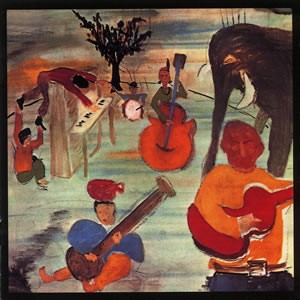
Buy Music From Big Pink After a decade of touring as a backing group for other artists, The Band released an incredible debut with Music from Big Pink in 1968. By blending their […]
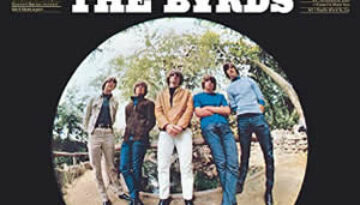
Buy Mr. Tambourine Man In mid 1965, The Byrds released a debut album comprised partially of contemporary folk covers, partially of original songs, and fully of their signature folk-rock sound. Mr. Tambourine Man […]
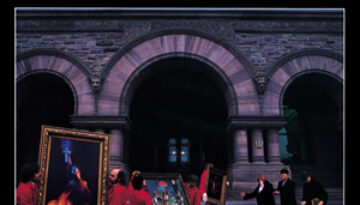
Buy Moving Pictures Since the arrival of drummer Neil Peart in the summer of 1974, Rush had produced six consecutive quality albums rock albums, up to and including Permanent Waves in 1980. Then […]
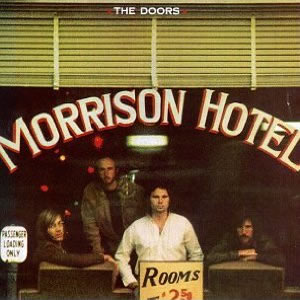
Buy Morrison Hotel Although its actual title has long been in dispute, Morrison Hotel turns out to be an aptly named album by The Doors. Lead vocalist Jim Morrison was involved in composing […]
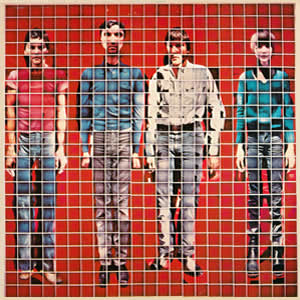
Buy More Songs About Buildings and Food The second album by Talking Heads, 1978’s More Songs About Buildings and Food got its sarcastic title by addressing the cliche of the “sophomore jinx” where […]
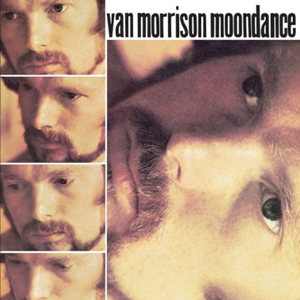
Buy Moondance We’ve covered more music from the year 1970 than from any other year at Classic Rock Review. Through these nineteen articles covering twenty-three different albums, we’ve observed some of the finest rock […]
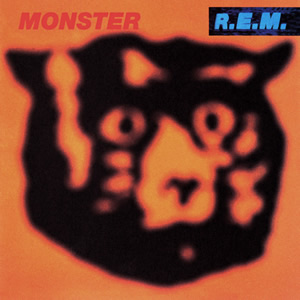
Buy Monster R.E.M. found great commercial success with their two early nineties releases, Out of Time and Automatic For the People. Still, the group made a concerted effort to rapidly evolve their sound […]
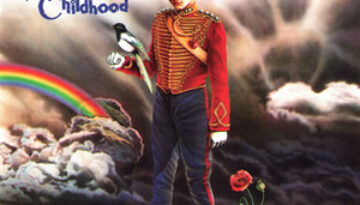
Buy Misplaced Childhood Misplaced Childhood is a 1985 concept album by the British group Marillion, which consists of an LP side continuous pieces of music. Thematically, the compositional lyrics were written by the […]
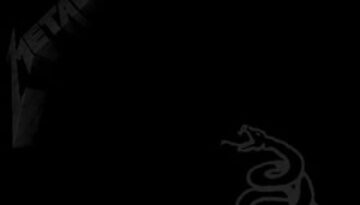
Buy Metallica After four studio albums and ever-building popularity in the 1980s, heavy metal band Metallica felt they were poised for their artistic breakthrough. During the summer of 1990, the band got together […]
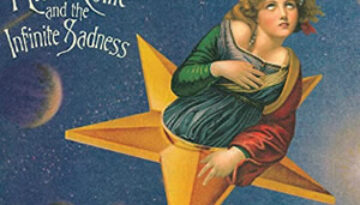
Buy Mellon Collie and the Infinite Sadness Smashing Pumpkins went all in on their third release, the super-sized, 28-track Mellon Collie and the Infinite Sadness and remarkably this worked both critically and commercially. […]